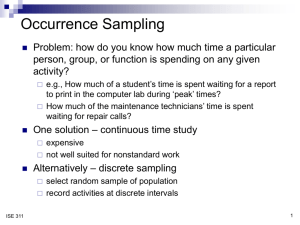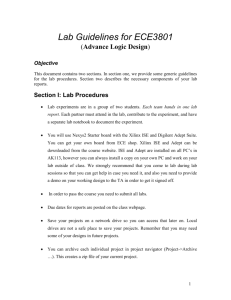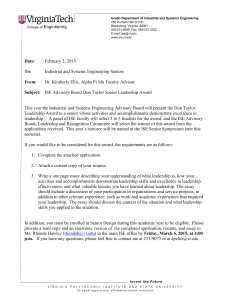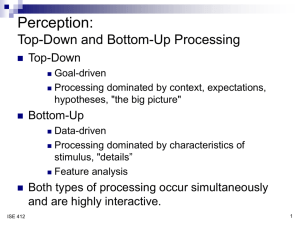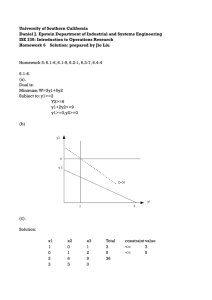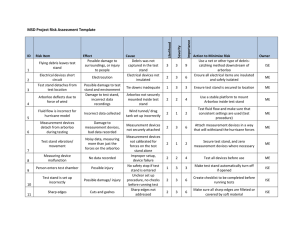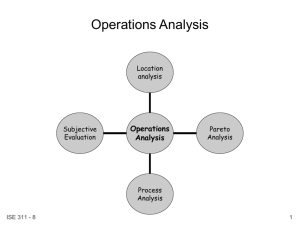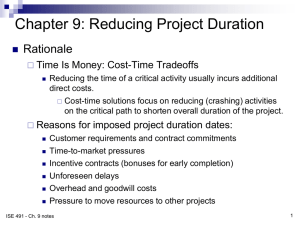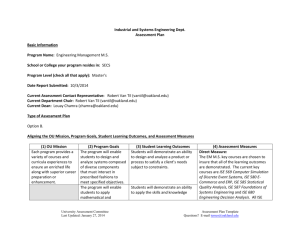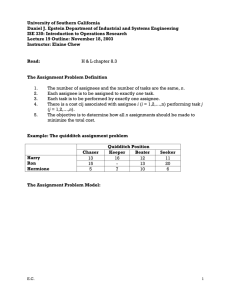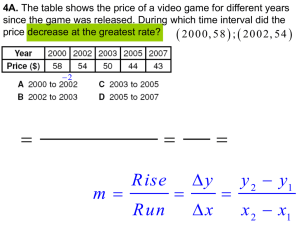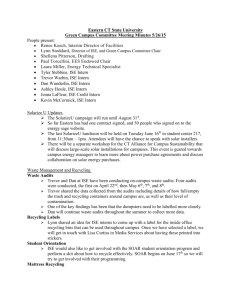Relating research to practice
advertisement
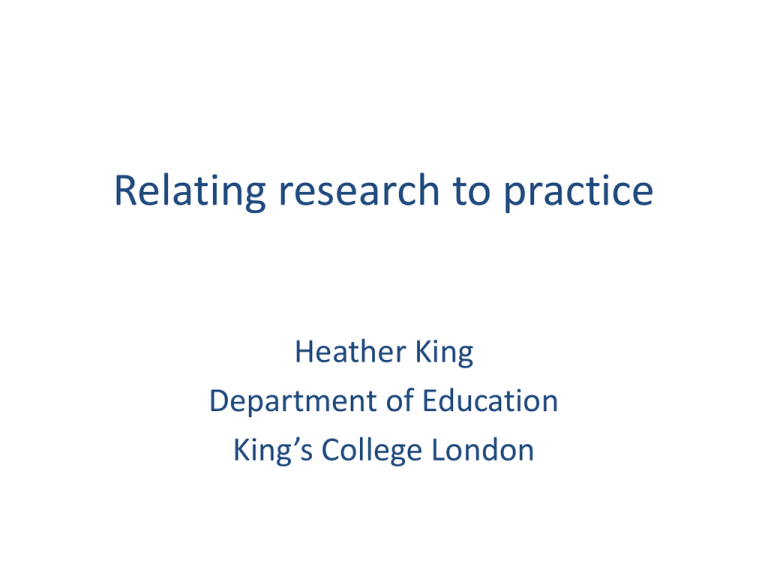
Relating research to practice Heather King Department of Education King’s College London The problem • How peer-reviewed education studies reach and impact education practitioners is not clear. • A report on the use of research-based evidence in education (Nelson et al., 2009) found that practitioners tend to make decisions and investments without reference to the research evidence. • Most education research is conducted in school settings. Schoolbased work addresses many important issues that could be of use and of interest to informal science educators (NRC, 2009). A significant gap A significant gap between the work of research and practice persists (DarlingHammond et al., 2008; Nelson et al., 2009; NRC, 2009). The barriers are: Logistical • Education research is published in expensive academic journals to which most ISE professionals do not have access. • ISE spans such a broad field of disciplines that it is logistically difficult for one individual (or even institution) to review or even access all of the relevant journals. Cultural • Education research is written using language and theory that can be impenetrable for readers not trained in the same methods or disciplinary practices used in the study. • Most education research focuses on teaching and learning in school settings. The rationale ISE practices and programs can benefit through more direct engagement with the significant body of research-based evidence and knowledge about the teaching and learning of science A more research-engaged ISE field can more actively contribute to, challenge, and expand the knowledge base about the teaching and learning of science in informal settings. Reflecting on theory-driven research can help to strengthen the theories of learning, and the related education practices, underpinning work in the ISE field A solution? In late 2010, NSF funded a proof-of-concept project to test whether or not a website could make current STEM education research accessible, relevant, and useful to ISE professionals. (there are other resources but this is different!) • research2practice.info The resource Research Briefs selected from 15 key journals: Afterschool Matters; American Education Research Journal; Astronomy Education Review; Cultural Studies of Science Education; Education Researcher; International Journal of Science Education; Journal of Museum Education; Public Understanding of Science; Journal of Research in Science Teaching; Journal of Science Communication; Journal of Science Education and Technology; Journal of the Learning Sciences; Learning Culture and Social Interaction; Science Education; Studies in Science Education. ‘Hot topic’ synthesis papers Bookshelves We provided the option to make bookshelves public so that we could explore whether or not there was interest in more social networking type activities on the site (i.e., would users want to see what others were reading, and why?) Announcements: Tweeting when new Briefs were loaded, monthly email digests summarizing all new Briefs Research Briefs • 20 page paper –> 700 words • But not simply a summary! • Define key ideas, the underlying theories, the background • Highlight the implications for practice (actual and future) • Need to have one foot in educational theory, and one foot in practice. • Provide keywords, make links, write the tweet Beta test 502 users: • 40% of the 502 registered users came from science-rich education institutions such as zoos, museums, and nature centers. • 35% came from institutions of higher education or research organizations. • 5% were teachers Users appreciated: • search tool; • style/focus of the Briefs; • seeing colleagues’ Bookshelves Site used to: support grant writing; guide programme development Next steps • Continue supporting ISE professionals’ engagement with research by making current peer-reviewed education research logistically and culturally accessible and programmatically relevant to ISE (including opportunities for dialogue between authors and users) • Expand the reach and use of the RR2P website through a coordinated dissemination strategy (including social networks) • Document and understand how ISE professionals make use of education research (develop and assess new sorting functions, investigate a rating system) Does access to research make it accessible? In terms of models for translating research into practice, Green and Seifert (2005), drawing on work in cognitive science, describe 3 stages: Awareness, Acceptance, and Adoption. Key questions (to be conducted by Inverness Research Associates) • Do and how do ISE practitioners and practices benefit from greater access to STEM education research provided through RR2P? • How does it support their awareness, acceptance (value for and understanding of), and adoption/adaptation of STEM education research? • Is or how could a resource such as RR2P be sustainable? • In what ways does or can a more research-engaged ISE field contribute to the knowledge base about teaching and learning of science? Thank you Research2practice.info Heather.1.king@kcl.ac.uk
